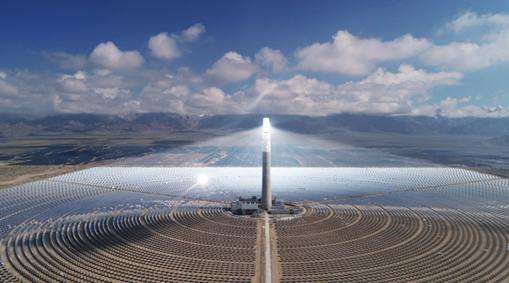Combustion is a chemical reaction, not a physical reaction.
Combustion refers to a luminous, exothermic, violent oxidation reaction between fuels and oxygen. This is usually the reaction of fuels and oxygen. When they reach a certain temperature, fuel molecules break down into atoms or free radicals. These free radicals react with oxygen molecules to form a flame and release a large amount of energy. During this process, chemical bonds are broken and new chemical bonds are formed, so combustion is a chemical reaction.
The essence of combustion is a chemical reaction characterized by luminescence and heat generation, and the reaction process is rapid. Combustion is an oxidation process that requires the interaction of fuels with oxidizers (such as oxygen, carbon oxideiron, etc.). When fuels react with oxygen, a large amount of energy is released in the form of light and heat.
Combustion requires oxygen as an oxidant, so it is an oxidation reaction. At the same time, some physical changes will also occur during the combustion process, such as changes in the state of matter (such as changes from solid to liquid or gas), color changes, etc., but these physical changes are caused by chemicals. reactions. In short, combustion is a chemical reaction, not a physical one.
Characteristics of physical reactions:
1. The type of substance remains unchanged before and after the reaction: physical reactions do not change the molecular composition of substances. , but only by physical processes (such as temperature, pressure, electromagnetism, etc.) to change the state phystics or the physical properties of matter, such as the transformation of water into ice, the bending of iron bars, etc.
2. The mass of the substance remains unchanged before and after the reaction: physical reactions will not cause an increase or decrease in the mass of the substance, that is, no qualitative change will occur. For example, changing water from liquid to solid does not change the mass of the water.
3. Material energy remains unchanged before and after the reaction: physical reactions will not cause an increase or decrease in material energy, that is, no change in energy will occur. For example, if water changes from a liquid to a gas, the energy of the water does not change.
4. The volume of the substance can change before and after the reaction: Physical reactions can cause the volume of the substance to increase or decrease. For example, water increases bylume when it evaporates into vapor when heated.
5. The state of matter can change before and after the reaction: Physical reactions can cause changes in the state of matter, such as a solid becoming a liquid or a gas.
The energy generated by the following changes is the result of chemical changes ( ) A. Geothermal energy productionB. Nuclear reaction to produce electricity C. Thermal power generation D. Wind power generation
Incandescent bulbs
Lighting and heat generation are all physical changes
When generating heat, electrons impact molecules to cause violent molecular motion, and they are settled into a non-oxidizing state. In other chemical environments (guaranteed lifespan)
It is therefore a physical change
Because once the heater reaches a certain temperaturere, the photoelectrons are activated. to produce a thermo-optical phenomenon (showing color temperature), and there is no cross combination between atoms, so there is no chemical process, it is still a physical phenomenon.p>
Combustion of matches
The heat generated is due to reaching the ignition point, leading to an oxidation reaction, which also generates heat, worsening combustion.
Luminescence does not mean that it will emit light when it reaches a certain temperature, because even a carbonaceous substance at a very high temperature is just a red dot, but is accompanied by the dissociation and of the activation of photoelectrons during the chemical process. , producing a spectrum of a certain frequency, so that light is emitted. It is generally believed that chemical energy is converted into light energy, so it is considered a chemical change phenomenon.
After all,this is a phenomenon. If we use the general concept of physics, then chemistry can also be considered a microphysical phenomenon. There is no need to look at it that way, just use the general view
A. The process of operating a geothermal power plant is to convert the internal energy of the earth into electrical energy which we commonly use through steam turbines and generators. No new substance is generated, and it is a physical change, so A is false;
B. Nuclear Reaction Power generation uses energy generated by changes in atomic nuclei to produce electricity. Atomic nuclei do not change during chemical changes, so it is not a chemical change, so B is false;
C. Thermal power generation requires the burning of fossil fuels such as coal, which contains carbon dioxideborn. When new substances are generated, it is a chemical change, so C is correct;
D. wind power to turn the wheels to produce electricity. No new substance is generated, which is a physical change, so D is wrong.
Then choose C.














